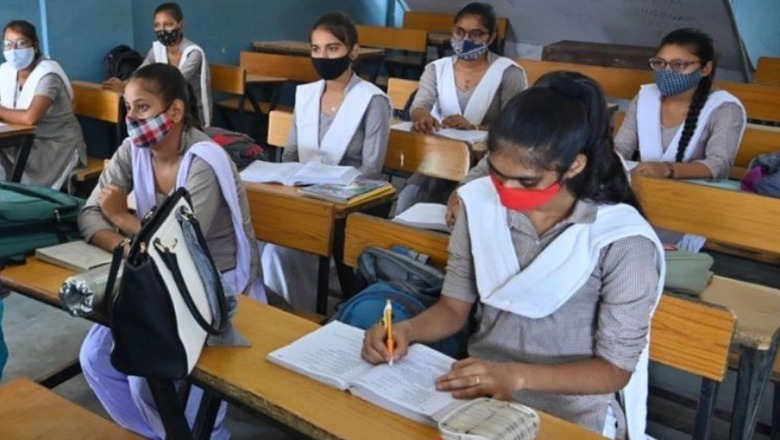
views
Cases of blurry vision, discomfort, headache, poor attention span, pink eyes are being reported among children who have finally resumed full-time school after a gap of two years of Covid-pandemic. Eye-specialists in Delhi NCR, Mumbai, Udaipur are diagnosing twice more children with the need of wearing spectacles than six months ago. India’s largest public hospital, AIIMS in New Delhi, is also witnessing a similar trend.
With the re-opening of the schools across states, parents and teachers have started spotting the weakening of vision among children based on the ward’s inability to clearly see the class-boards or due to poor concentration.
In turn, in the last three months, the doctors — especially the eye specialists — have been diagnosing several children aged between 5 to 15 with a need to prescribe spectacles or even higher power spectacles.
According to Dr Praveen Vashist, professor and officer in charge, Community Ophthalmology at Dr RP Centre, All India Institute of Medical Sciences (AIIMS), New Delhi, the early studies conducted by his department in Delhi show that the cases of myopia have doubled from 7% to 13%.
“The excessive use of near vision and reduced outdoor exposure are responsible for an increase in refractive errors, especially myopia. If not double, then we are expecting the rise of cases of myopia by at least 1.5 times among schoolchildren.”
The department is planning to assess the prevalence of myopia and visual impairment in nearly one lakh children in the next one year to document the increase in myopia after the Covid-19 pandemic.
Other doctors practicing in private hospitals echoed similar concerns.
Out of every 20 patients, at Dr Neepa Dave Thakkar’s OPD, who is a pediatric ophthalmologist at SRCC Children’s Hospital in Mumbai, managed by a hospital chain, Narayana Health, around 14 children are now being diagnosed with a weakening of eye vision and requirement of spectacles.
Around six months ago, it was around seven children who required such immediate aid.
“The number of children needing immediate aid has doubled. The children who never had issues with the vision, are now being diagnosed with significant weakening of eyes. In the first diagnosis itself, majority of these children require spectacles with an eye power of more than 1 or 1.5,” she said. With the opening of schools, more and more children are coming for eye check-ups. “When the child fails to read from the blackboard, that’s when parents or teachers spot the problem.”
The primary reason is increased screen time on mobile phones and laptops in the last two years. When eyes spend more time focusing on nearby objects, such as phones or laptop screens, eyeballs elongate and generate heat. It causes nearsightedness or myopia.
Also, deficiency of vitamin D due to lesser exposure to sunlight is one of the reasons.
“Vitamin D, dopamine among other chemicals are released by the body when children play in the sun. The larger the screen, the less harmful for eye vision. However, with school shutdown and lockdowns, everything went contrary to eye-health and now out of every 10 children visiting us with eye-issue, six are being detected with refractive error,” Dr Aparna Gupta, ophthalmologist at Max Healthcare, Gurugram said while adding that the good news is that a daily outdoor exposure of sunlight for up to 2 hours and reducing screen time can slow down the progression of myopia. “In some cases, with the opening of schools and children resuming normalcy in terms of outdoor activities, regression in eye-power by around 0.50 has been noticed.”
How is Eye-Sight Being Impacted?
Children and parents are complaining of discomfort in eyes, dry eyes, excessive rubbing of eyes, blurry vision, discomfort and pink eyes. All these are symptoms of eye muscle imbalance and dry-eyes.
“Last year, children who were already wearing glasses have now come back to us with an additional 0.50 to 0.75 increase in vision,” Thakkar said.
It means that the convergence and accommodation of eyes is overburdened and hence, causing symptoms, experts explained.
Dr Rachna Jain, associate consultant, ophthalmology at Paras JK Hospital, Udaipur blames the tradition of not taking children for regular eye-checkups.
“All children must go through their first eye check-up by the age of 5 years, irrespective of any eye-related complaint,” Jain said.
She further said, “Not only screen time, but during the school shutdown, the children have taken online classes in bad-body posture considering that the tables and desks at homes are customised as per adults and not children.”
Ideally, the adjustable stools or seats should be used where the laptop screen is lower by 15% for eye-level, Jain said.
“It also prevents cervical pain in the long term apart from preventing back pain and providing support to the hand,” she added
How to Restore or Maintain a Healthy Eye Vision?
In older days or in story books, Thakkar said, one would always see the study table fixed near a window outside which one can see a landscape.
It’s an ideal way the eyes should work, she explained.
“While studying, watching TV or laptop, the eyes should take a break after every 15 to 20 minutes and look beyond 6 feet. It is like an exercise for eye-muscles which keeps eyes healthy, accommodation and convergence balance in place,” Jain from Udaipur said.
“Imagine sitting on the floor with crossed legs for a long time. You might develop a leg spasm.”
Similarly, when we keep looking at a screen for a long duration without blinking, the eye muscles go into spasm. Then, when we try to move them, they take time to release. In that particular moment when we will try to see far, our vision will get blur.
According to experts, to reduce dry eyes, screen time must be reduced apart from using eye-drops and enhanced blinking along with frequent breaks from work.
Laptop screen should be kept an arm’s length away, which should always be adjusted to 60% to 70% brightness. Children must use a blue filter screen or glasses while using mobile phones and laptops.
Read all the Latest News India and Breaking News here










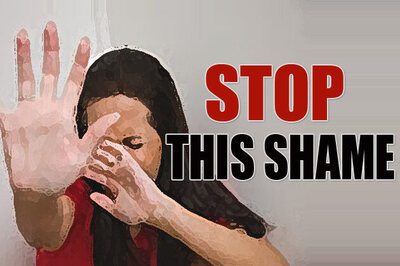

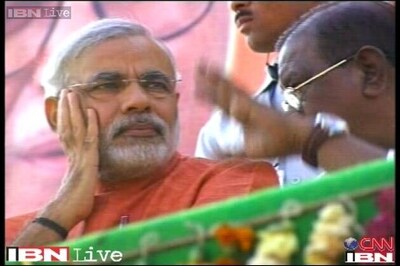

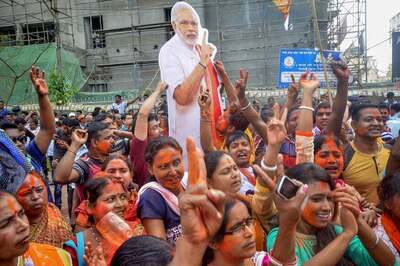
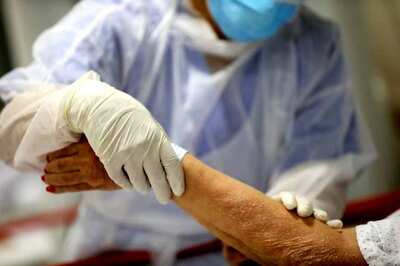
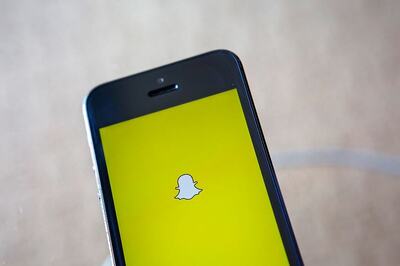
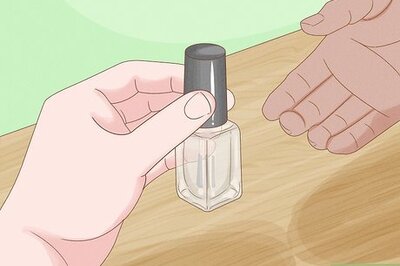


Comments
0 comment